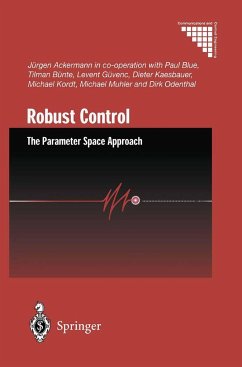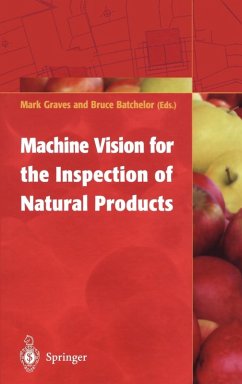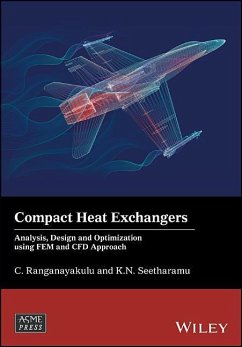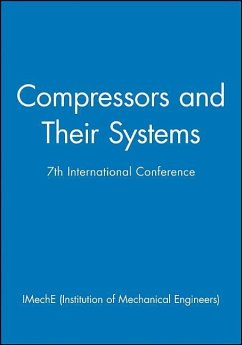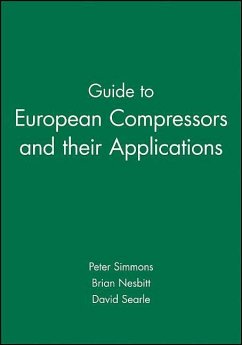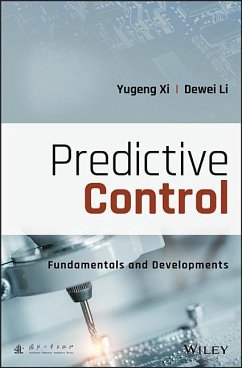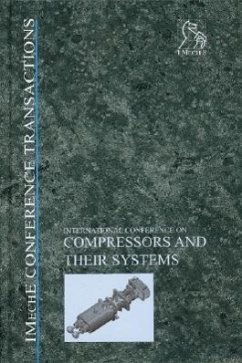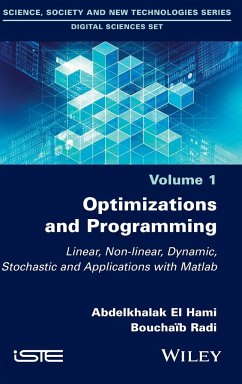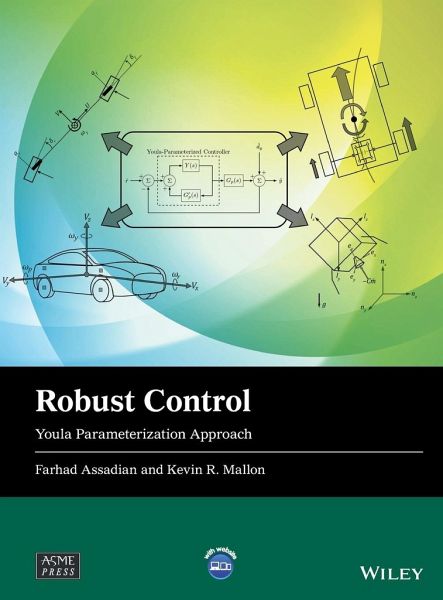
Robust Control
Youla Parameterization Approach
Versandkostenfrei!
Versandfertig in über 4 Wochen
135,99 €
inkl. MwSt.
Weitere Ausgaben:

PAYBACK Punkte
68 °P sammeln!
Robust Control Robust Control Youla Parameterization Approach Discover efficient methods for designing robust control systems In Robust Control: Youla Parameterization Approach, accomplished engineers Dr. Farhad Assadian and Kevin R. Mallon deliver an insightful treatment of robust control system design that does not require a theoretical background in controls. The authors connect classical control theory to modern control concepts using the Youla method and offer practical examples from the automotive industry for designing control systems with the Youla method. The book demonstrates that fe...
Robust Control Robust Control Youla Parameterization Approach Discover efficient methods for designing robust control systems In Robust Control: Youla Parameterization Approach, accomplished engineers Dr. Farhad Assadian and Kevin R. Mallon deliver an insightful treatment of robust control system design that does not require a theoretical background in controls. The authors connect classical control theory to modern control concepts using the Youla method and offer practical examples from the automotive industry for designing control systems with the Youla method. The book demonstrates that feedback control can be elegantly designed in the frequency domain using the Youla parameterization approach. It offers deep insights into the many practical applications from utilizing this technique in both Single Input Single Output (SISO) and Multiple Input Multiple Output (MIMO) design. Finally, the book provides an estimation technique using Youla parameterization and controller output observer for the first time. Robust Control offers readers: * A thorough introduction to a review of the Laplace Transform, including singularity functions and transfer functions * Comprehensive explorations of the response of linear, time-invariant, and dynamic systems, as well as feedback principles and feedback design for SISO * Practical discussions of norms and feedback systems, feedback design by the optimization of closed-loop norms, and estimation design for SISO using the parameterization approach * In-depth examinations of MIMO control and multivariable transfer function properties Perfect for industrial researchers and engineers working with control systems, Robust Control: Youla Parameterization Approach is also an indispensable resource for graduate students in mechanical, aerospace, electrical, and chemical engineering.






